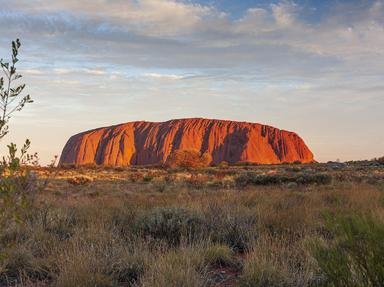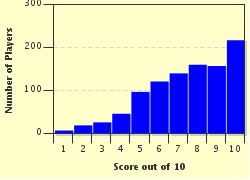Quiz Answer Key and Fun Facts
1. The largest island in Sydney Harbour is a former prison site, later used as a reformatory and gaol (note how the name changes, the imprisonment stays the same). What island is this?
2. In the heart of Sydney, Hyde Park Barracks was built in 1819 to provide housing for convict men and boys. It was designed by one of Australia's best known early architects, himself a convict. Who designed Hyde Park Barracks?
3. West of Sydney, Old Government House, the residence of the first ten governors of the penal colony of New South Wales, is also on the UNESCO World Heritage List of significant convict sites. In what town, now a suburb of Sydney, is it located?
4. Convicts built the Great North Road between 1825 and 1836. What region did this road seek to connect to Sydney for improved transport of agricultural products?
5. Kingston and Arthurs Vale Historic Area can be found on a large island off the coast of New South Wales that was set up as a place of imprisonment for the most difficult to manage of the early convicts. What island is this, that housed settlers from 1788 until 1813, and hardcore prisoners from 1825 until 1853?
6. Female convicts were housed separately from male convicts, and often in places outside of the centre of the city, to remove them from the temptations of big city life (such as they were in the 19th century) as well as to protect women of polite society from them. What was the name of the women's residence in South Hobart, Tasmania?
7. Two properties belonging to a single Tasmanian family have been declared sites that record important aspects of convict history through their use of convict labour. What are they called?
8. On Maria Island, off the coast of Tasmania, a convict settlement was established between 1825 and 1832. The site was later turned into a convict probation station from 1842 until 1850. What is the name of this site on the UNESCO World Heritage List?
9. Port Arthur, 60 km (35 mi) from Hobart, is officially Tasmania's most popular tourist attraction. What shocking event occurred there in 1996?
10. There is a single site from Western Australia on the UNESCO World Heritage list of eleven significant convict sites. Which of these is it?
Source: Author
looney_tunes
This quiz was reviewed by FunTrivia editor
stedman before going online.
Any errors found in FunTrivia content are routinely corrected through our feedback system.

